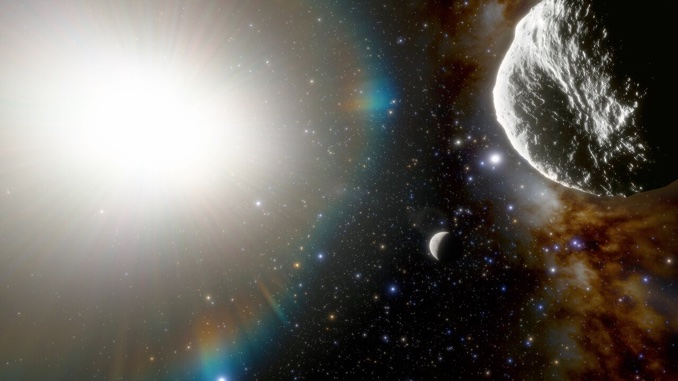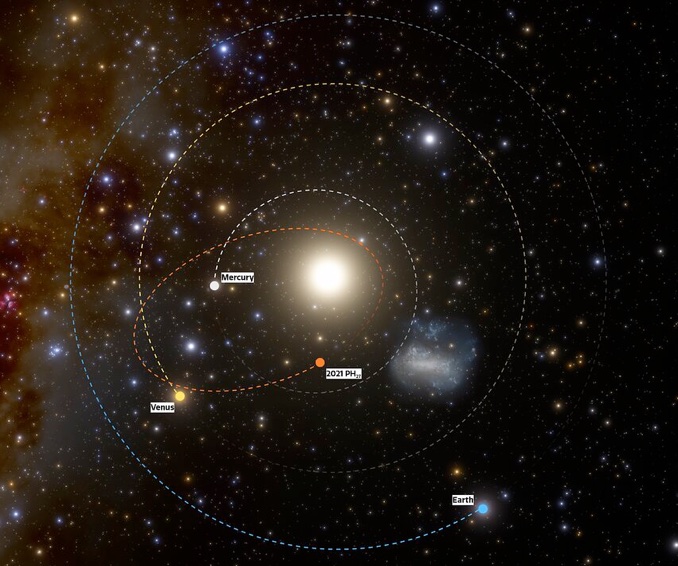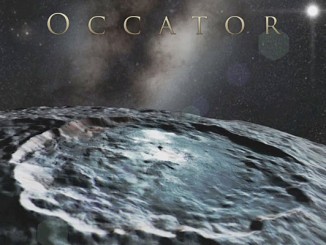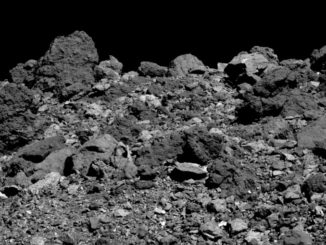
Astronomers using the 570-megapixel Dark Energy Camera have found the fastest-moving asteroid yet discovered, a 1-kilometre-wide (0.6-mile-wide) body that crosses the orbits of Venus and Mercury and passes within just 20 million kilometres (12 million miles) of the Sun every 113 days. The asteroid, catalogued as 2021 PH27, heats up to almost 500 Celsius (about 900 Fahrenheit) during close approach, hot enough to melt lead.
Scott Sheppard of the Carnegie Institution of Science discovered the asteroid in data collected by DECam and the Victor M. Blanco 4-metre Telescope at the Cerro Tololo Inter-American Observatory in Chile during an ongoing study of massive galaxy clusters.
After the asteroid was initially spotted on 13 August, David Tholen of the University of Hawaii calculated its orbit. Over the next two days, researchers in Chile and South Africa interrupted already scheduled work to carry out additional observations, confirming the asteroid’s orbit.
“Though telescope time for astronomers is very precious, the international nature and love of the unknown make astronomers very willing to override their own science and observations to follow up new, interesting discoveries like this,” said Sheppard.

The asteroid, catalogued as 2021 PH27, may have originated in the main asteroid belt between Mars and Jupiter, subsequently dislodged by gravitational interactions with the inner planets. But its orbit is tilted 32 degrees to the Sun’s equatorial plane, indicating it could be an extinct comet that ended up in a short-period orbit after passing by a terrestrial planet.
Bodies passing close to the Sun experience extreme temperatures and gravitational stresses that likely cause more fragile asteroids to break up. If the number of asteroids in orbits similar to 2021 PH27’s is small, it could indicate what fraction of near-Earth asteroids are loose “rubble piles” as opposed to more solid bodies. And that, in turn, could shed light on the possible threat to Earth from future impacts.
“Understanding the population of asteroids interior to Earth’s orbit is important to complete the census of asteroids near Earth,” Sheppard said, “including some of the most likely Earth impactors that may approach Earth during daylight and that cannot easily be discovered in most surveys that are observing at night, away from the Sun.”



